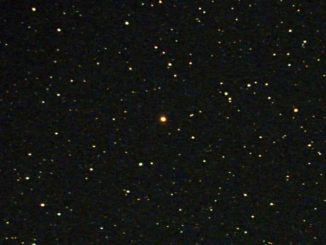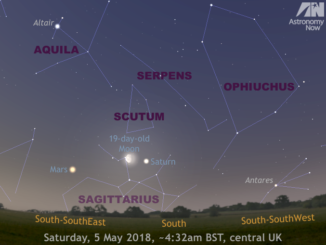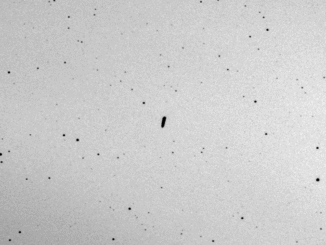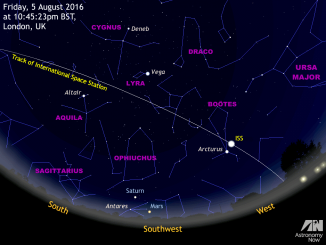
Altair


Find Barnard’s Star, the Sun’s closest stellar neighbour visible from the UK
Barnard’s Star is a familiar name in both the history of astronomy and popular culture, but did you realise that it’s the closest stellar body to the Sun that you can see from the British Isles and similar latitudes? We tell you some fascinating facts about this famous runaway star and show you how to locate it.

See the Moon get close to Saturn and Mars in the early morning sky
Although Jupiter close to opposition may be stealing the other naked-eye planets’ thunder, there’s lots more to see if you’re an early riser on the weekend of 5–6 May. About an hour before sunrise finds Mars and Saturn less than the span of an outstretched hand at arm’s length apart in the UK southern sky, with the waning gibbous Moon acting as a convenient guide to each planet on successive mornings.


See the International Space Station pass overhead from the UK tonight
Urban dwellers may resign themselves to spotting the Moon, planets and the brightest stars with the unaided eye on a clear night, but every so often a bright satellite will catch your attention as it glides silently across the sky. The brightest is the 400-tonne International Space Station (ISS) whose orbit carries it directly overhead as seen from the British Isles and parts of Western Europe tonight.

See asteroid Florence’s close dolphin encounter on 2—3 September
During the first week of September, observers have an opportunity to see a bright near-Earth asteroid known as 3122 Florence (aka 1981 ET3) as it sails by our planet. On the night of 2—3 September, observers in the UK and Western Europe can see this 4.4 kilometre-wide space rock pass through a prominent asterism in the constellation of Delphinus, the dolphin.


Catch Mars and Venus in the early evening sky of late November
Find a location that offers you an unobstructed view of the horizon from south to southwest an hour after sunset. With clear skies, you’ll be able to follow Venus and Mars from night to night on their celestial peregrinations through the constellations of Sagittarius and Capricornus. The two planets almost keep pace with each other throughout the remainder of November.

See the International Space Station glide over the UK
If you chance upon a bright ‘star’ crawling across the sky in an arc from west to east, an object that doesn’t flash or possess red and green running lights (which is an aircraft), then you can be fairly certain that you’re looking at the International Space Station (ISS). Find out when and where to see it from the British Isles and Western Europe this week.

Seek out the celestial treasures within the Summer Triangle
At the beginning of August, keen observers in the heart of the UK can celebrate the return of truly dark skies around 1am BST. But the naked-eye stars are out by 11pm, and if you cast your gaze two-thirds of the way from southeast horizon to overhead at this time you can see the so-called Summer Triangle in all its glory. Here’s our guide to some of the celestial highlights therein.
